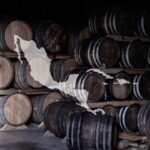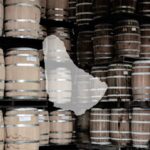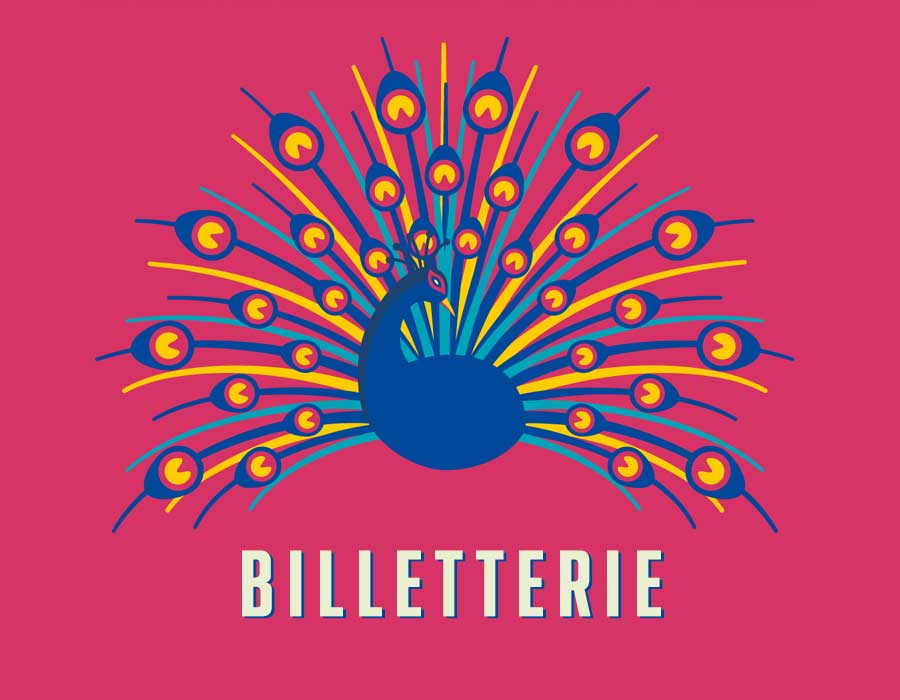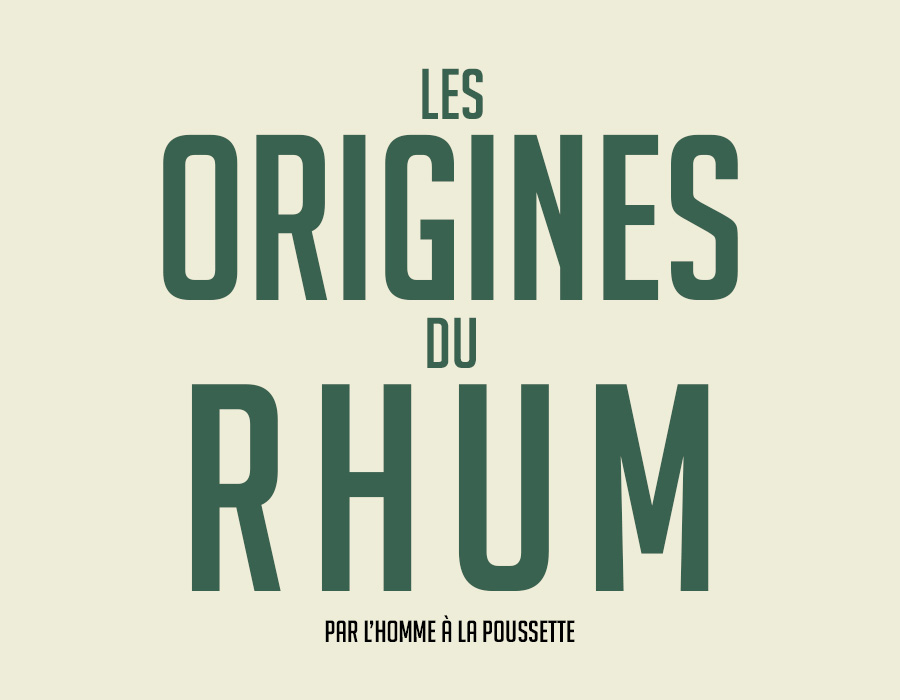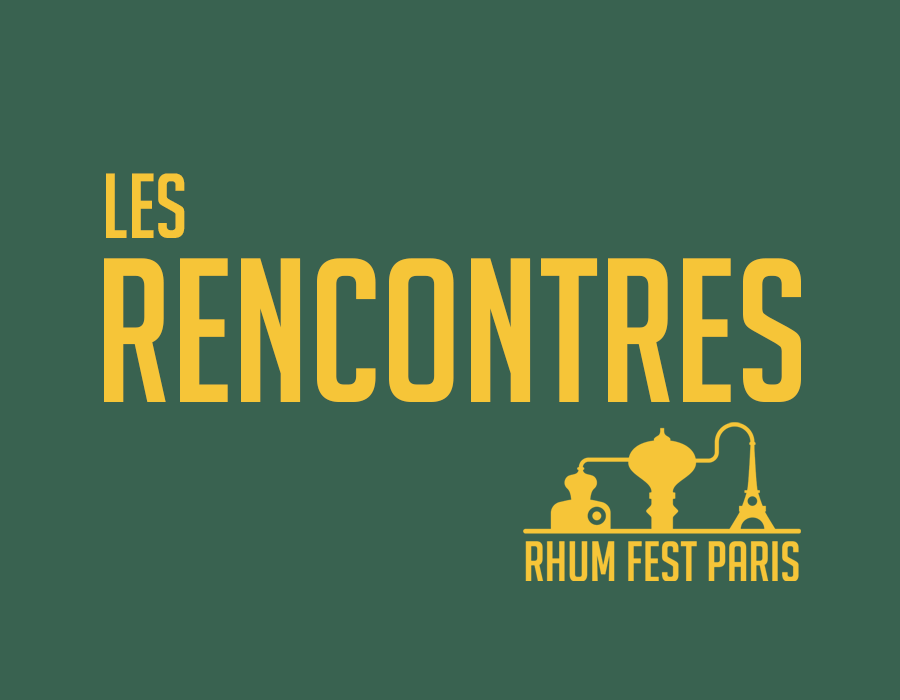Cuban rum, get to the bottom of the bottle
Why does a Cuban rum develop this aromatic profile? Let’s go from the bottle to the cane to find out.
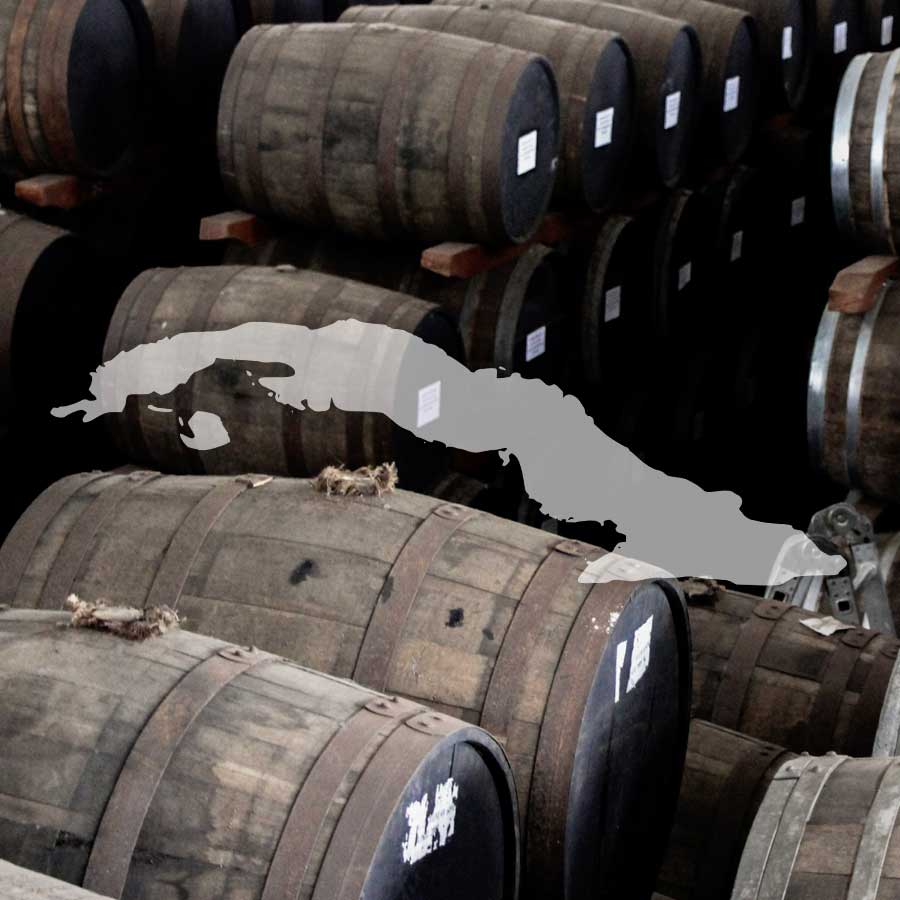
Photo d’illustration © Anne Gisselbrecht
Back at your wine shop? Back again? Your thirst for discovery is unquenchable.
You’re making headway in your quest for cold knowledge, and there are still a few provenances left to discover. Among them: Cuba.
Like many people, you associate the largest island in the Caribbean with cane brandy. You think of prohibition, the Cuban revolution, Ernest Hemingway, the American embargo, mojitos and daiquiris...
Your wine merchant snaps you out of your reverie and you ask him for advice on Cuban rums. He mentions a style, a lightness, ageing rules, activated carbon… All a bit nebulous.
To clarify things, you leave with two bottles under your arm (or in the stroller), one white and one old.
Back at home, you uncap the bottles and fill the two glasses provided.
The first rum is, as expected, completely translucent, while the second has a pronounced amber hue.
You approach the white rum with your nasal appendage, expecting to smell some molasses and fruit aromas, but nothing woody (logical, since it’s a white rum, and you know that the color of aged rums comes from time spent in contact with wood).
And then, surprise! Your nose seems to be trying to convince you of the presence of ageing notes.
Puzzled, you decide to pour a few centilitres of this “white” rum into another glass, to check your first impression. Same thing.
Trust our nose! It’s not your nose that’s deceiving you, it’s your eyes. One of the distinctive features of Cuban rum is that all its expressions are aged, and some are whitened. Yes, yes, you’ve got him right.
In this case, the aged rum – which has taken on a few colors – is filtered over activated charcoal to remove any coloration. Also, since Cuban rum is legally at least 2 years old (we’ll come back to this), your white rum will have aromas originating from the barrel, with vanilla and caramel topping the list.
To recap: the rum is aged, then blanched, so it retains the aromas of aging, but will be translucent.
The profile of these rums, although influenced by ageing, remains very light. Whether it’s the wood or the raw material, their impact on the rum remains moderate.
These rums are intended for use in cocktails, in which they will influence neither taste (well, a little) nor color. They will be your allies in making a cuba libre or a mojito.
Now it’s time to turn our attention to aged rum, or the other aged rum… well, the one that isn’t white!
More expressive than its predecessor – which isn’t very difficult – it reveals a warmer side, the result of ageing.
The classic but effective aromas of vanilla, toasted oak, caramel and even nuts and dried fruit come through.
Rather restrained and measured, it’s easy to drink at first, thanks to its gourmet, not-too-complex profile. You associate this profile with Latin American rums.
Its light, woody nature can be explained in two ways.
The first is that – according to the Cuban Protected Geographical Indication, which has been in existence since 2013 – Cuban rum is the result of a blend between a distillate close to organoleptic neutrality (cast in the 95% range) and a lower distilled juice (around 75%), called aguardiente.
Aguardiente is the component that adds flavor; however, it traditionally accounts for only around 10% of the blend.
There are a few exceptions where the proportion of aguardiente is higher, creating a richer, more expressive rum.
As I mentioned earlier, Cuban rums are aged for at least two years, but it’s a little more complicated than that. Aging takes place in two or even three stages.
The first, lasting a minimum of two years, concerns only the aguardiente. At the end of this period, the two components are assembled. Once married, they must be re-infused for a second stage, which has no minimum duration defined by law. Yes, one day is enough, or even less…
And this is normally the end of the maturation process for rums that are then blanched and destined for mixology.
The journey continues for the others, which are then transferred to a third barrel for the final aging phase. It should be noted that the casks used at all stages must have already been used, so they will not mark the rum excessively.
The result will be light and dry (although not forbidden under the PGI, the addition of sugar is not a traditional method).
To help you shine in society, I offer you three additional pieces of information:
- More than an origin, Cuban rum is a style. It has been adopted in other countries, such as Nicaragua, the Dominican Republic and Puerto Rico.
- A group of around ten individuals aims to oversee rum production on the island, maintain its identity and think about the future. These people who devote their lives to Cuban rum are the maestro roneros.
- All Cuba’s rum production capacity was nationalized in 1959, and this is still the case today. It was in that same year that the bat brand left the island – yes, you know who I mean.
Now you know enough to understand how Cuban style is achieved and what it looks like.


